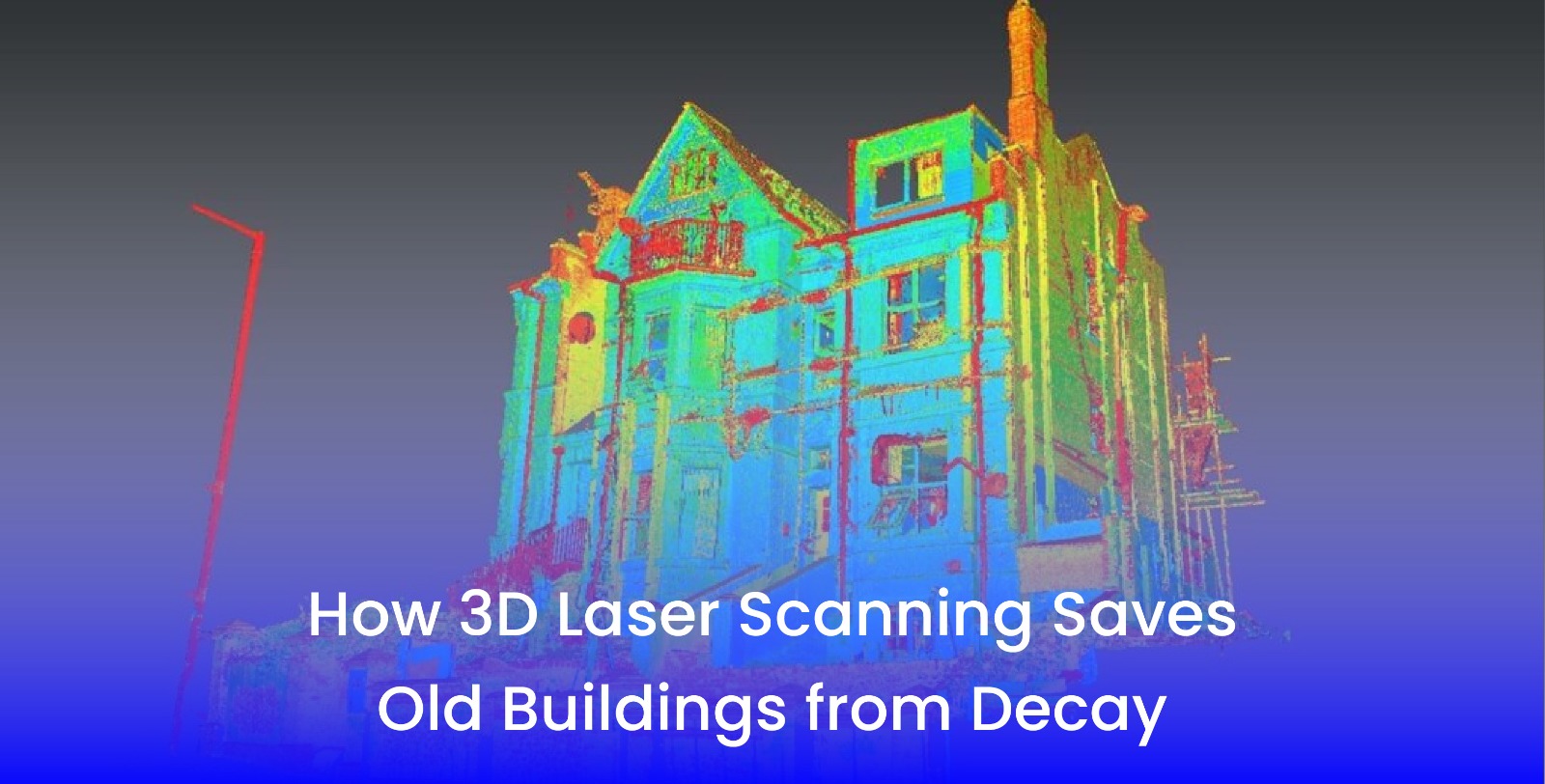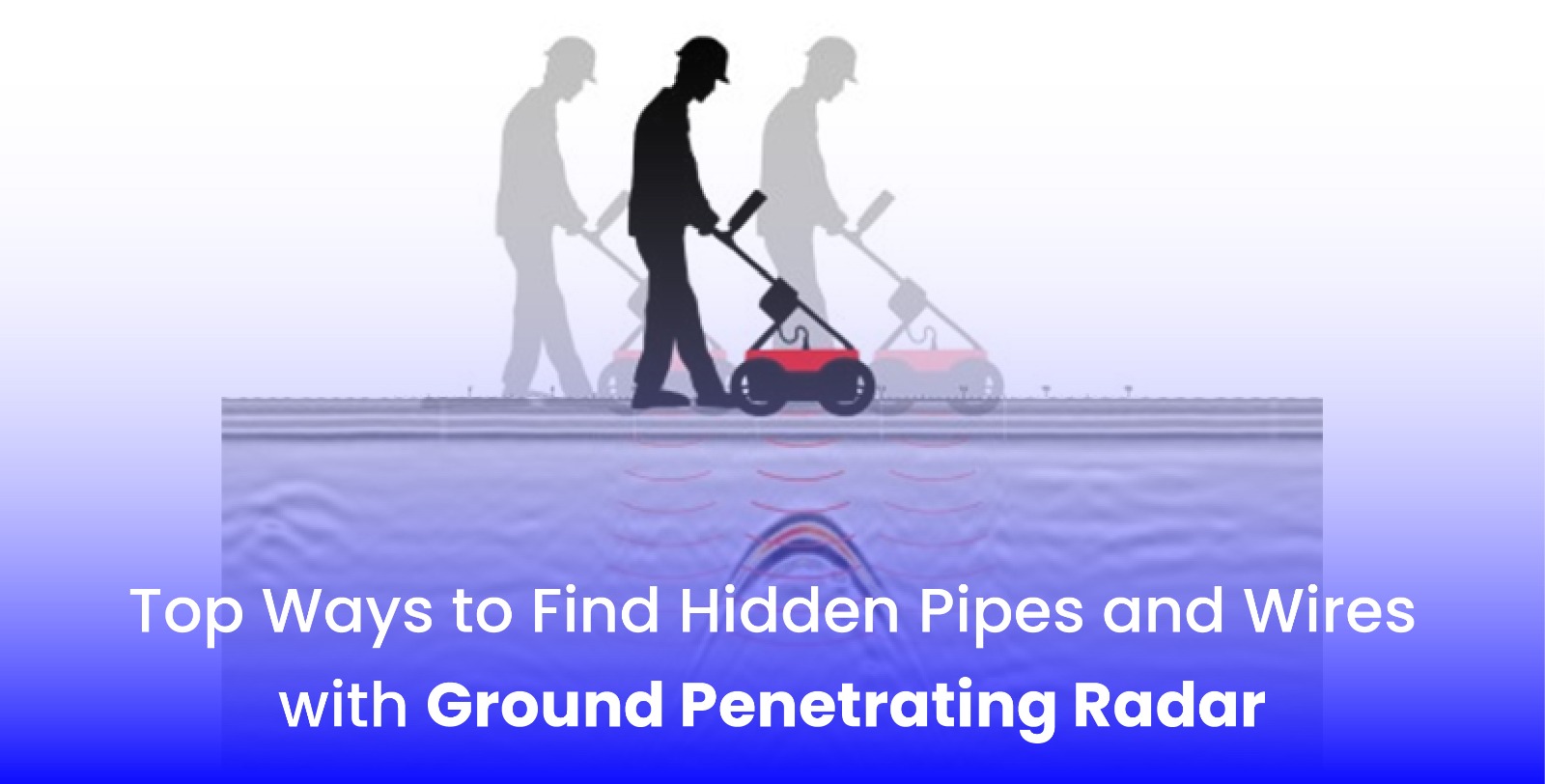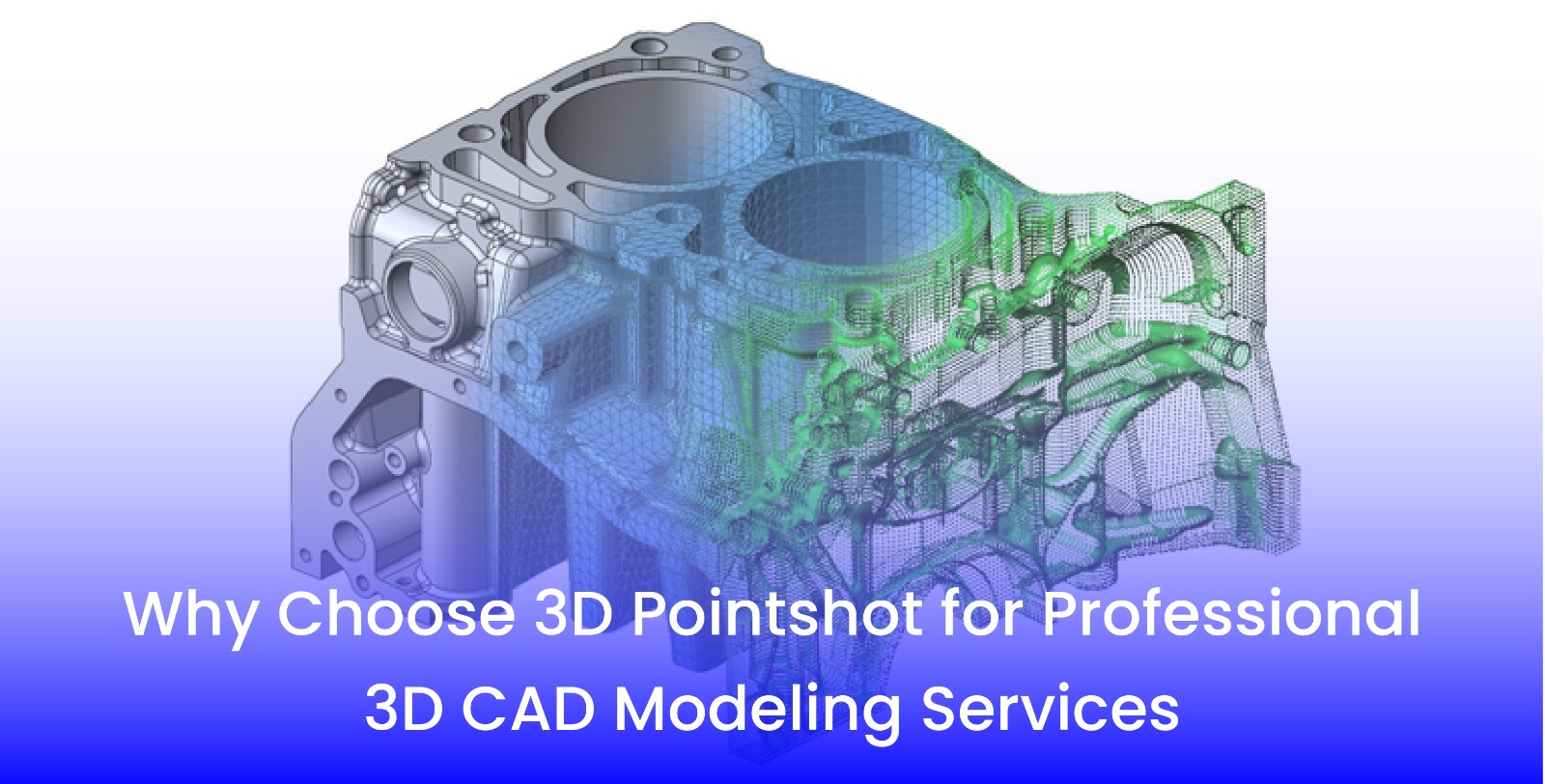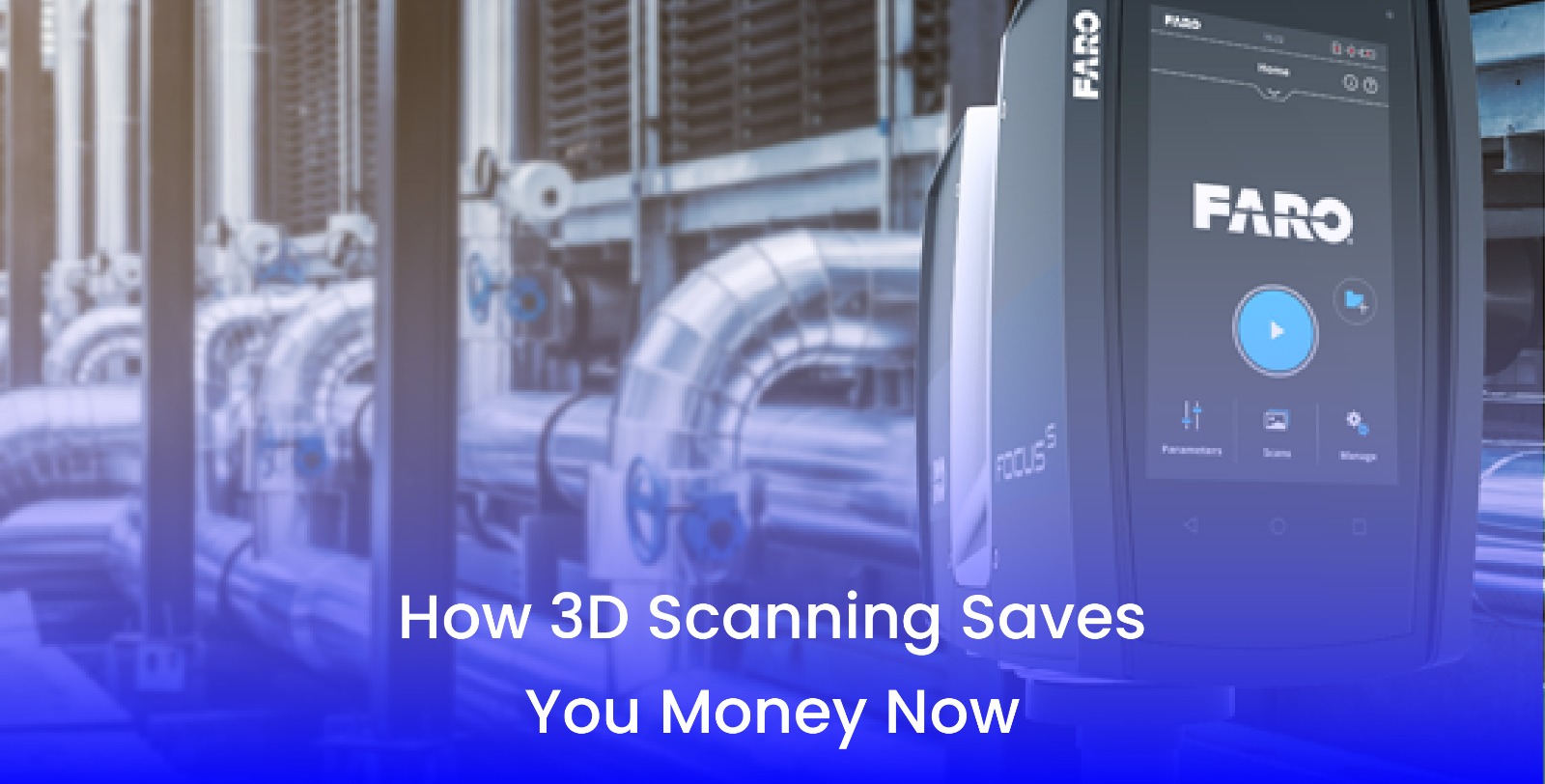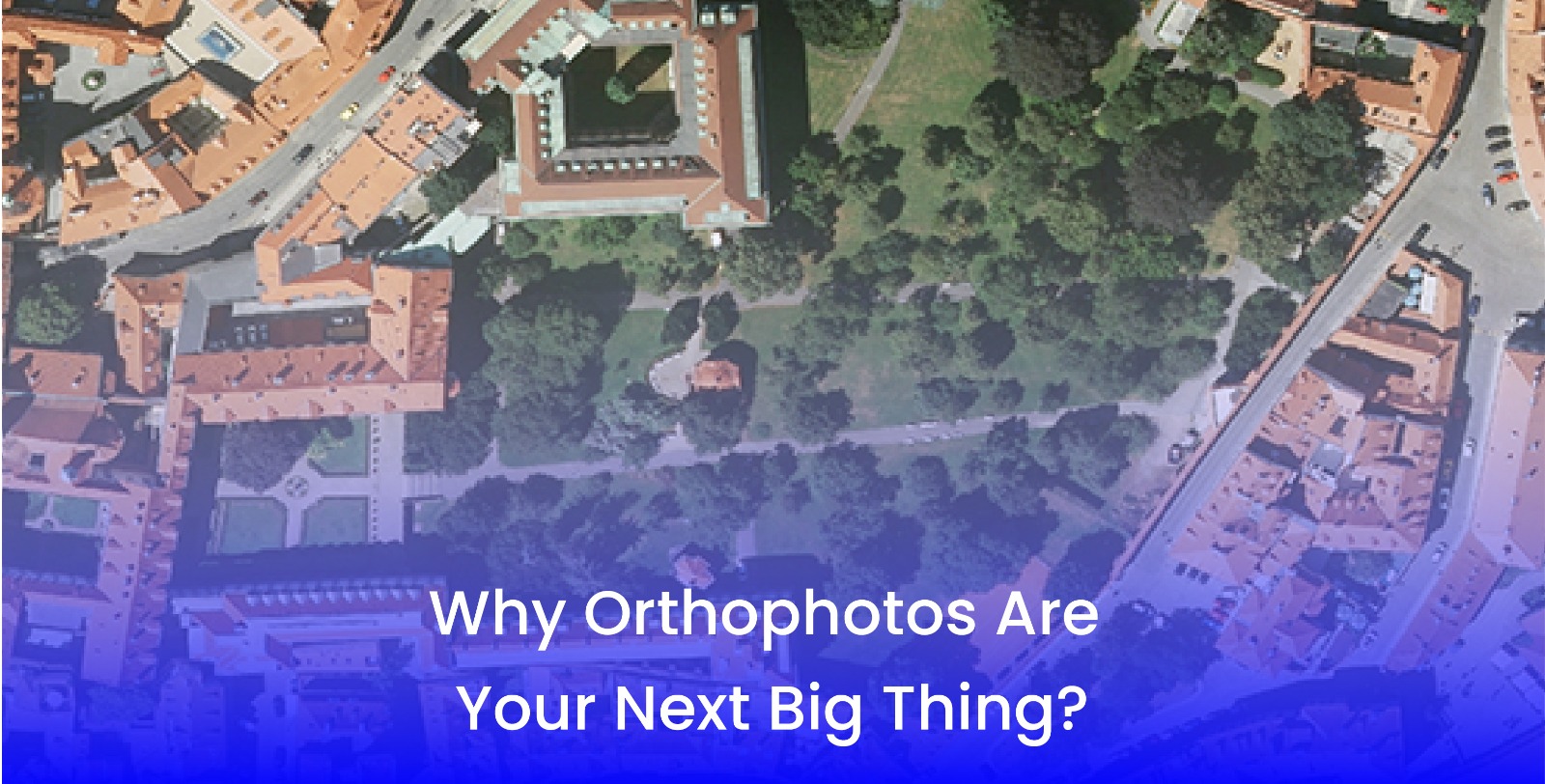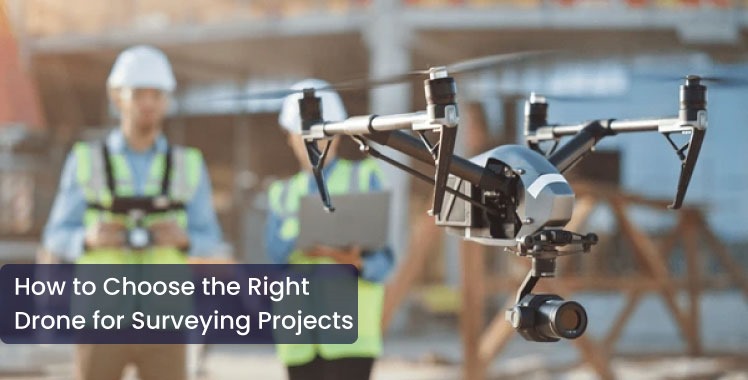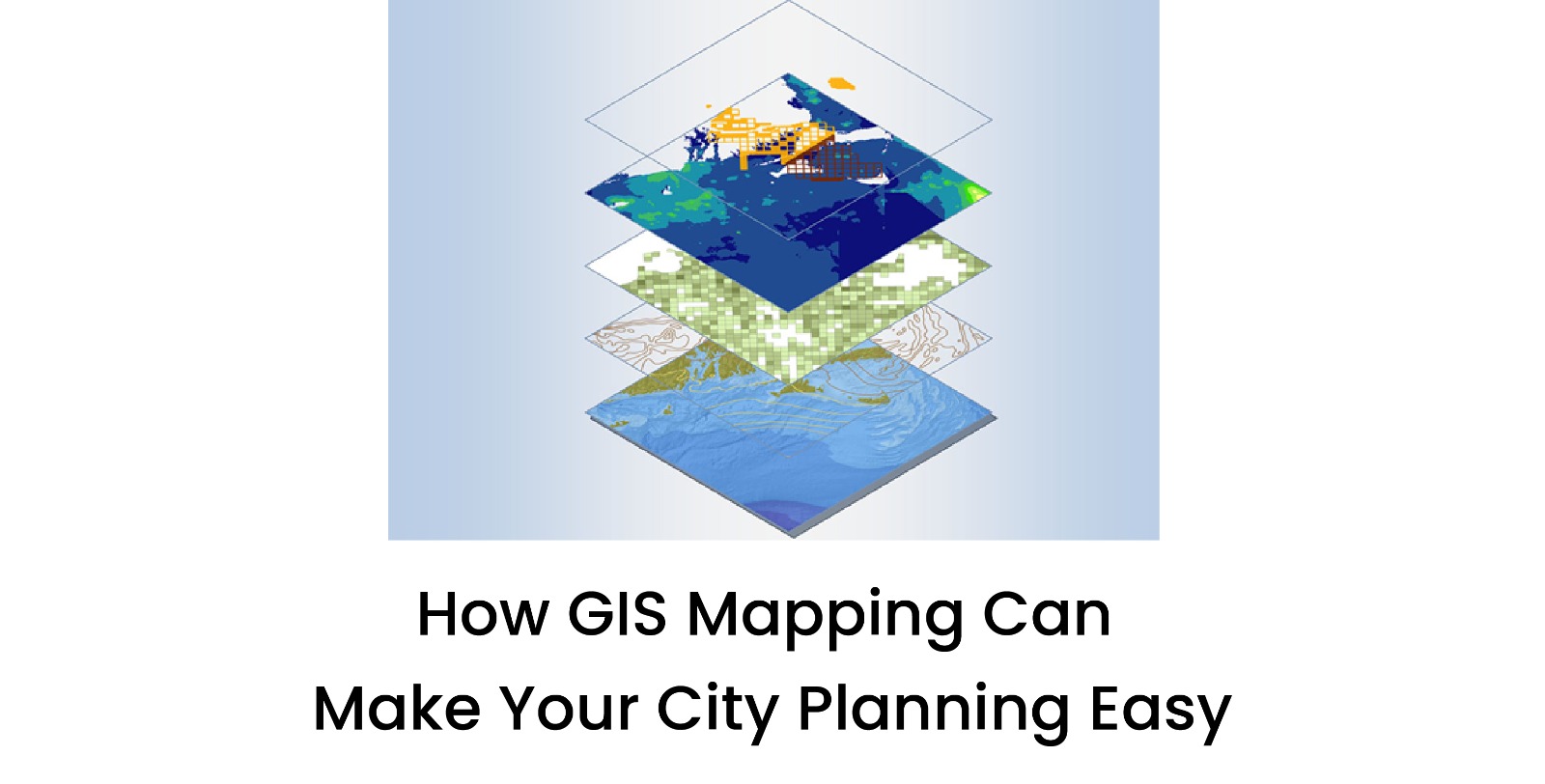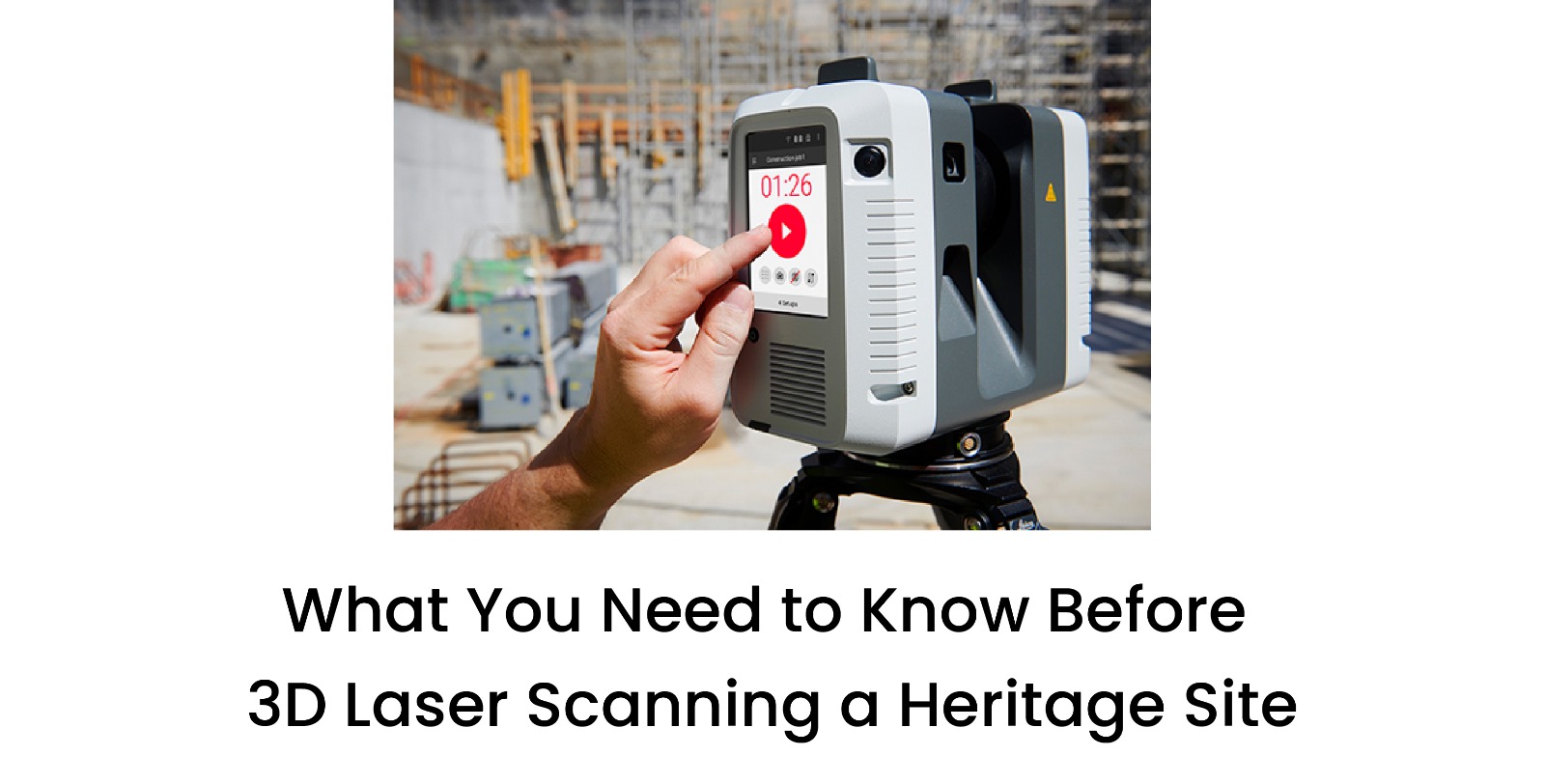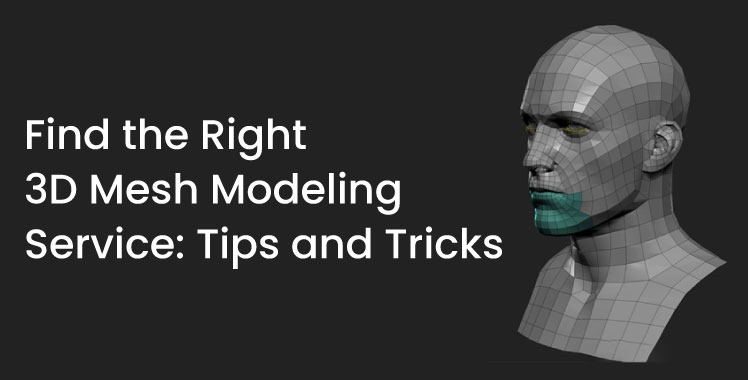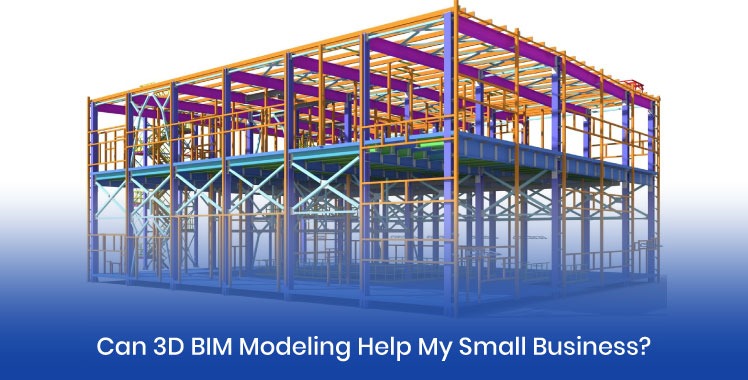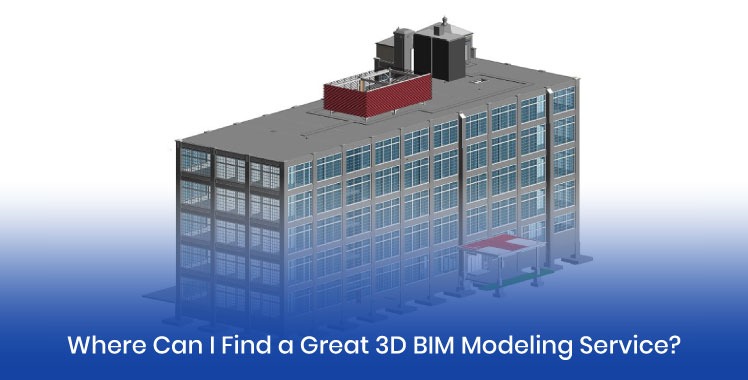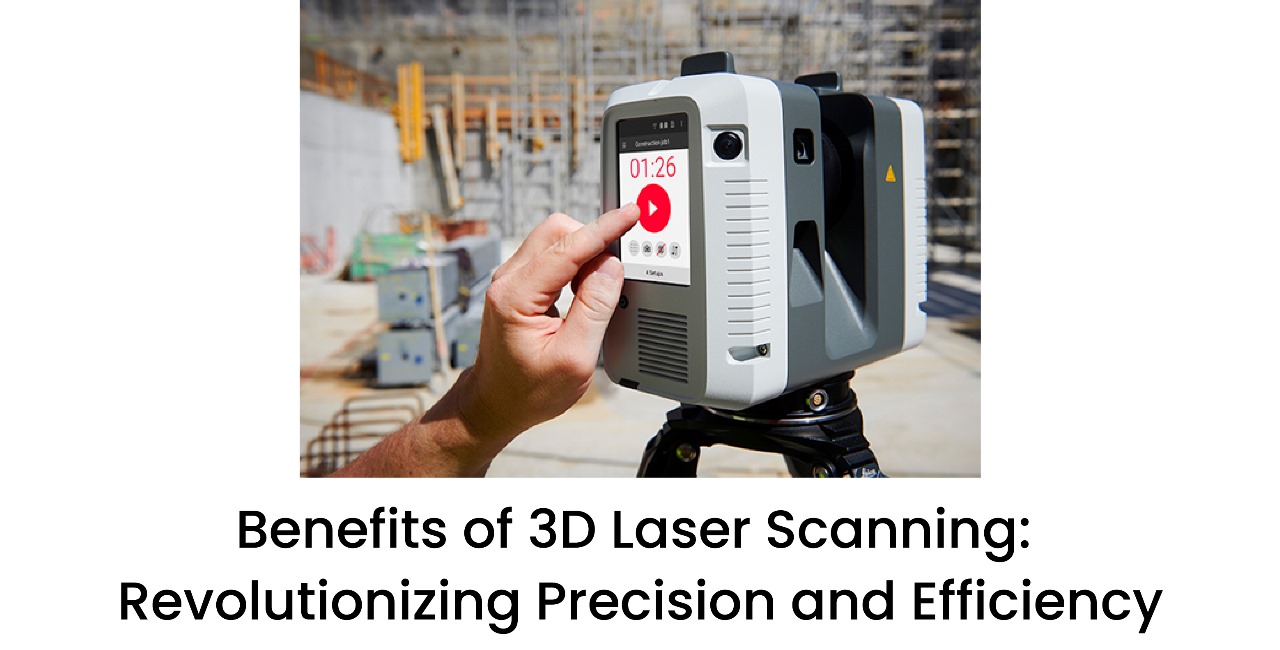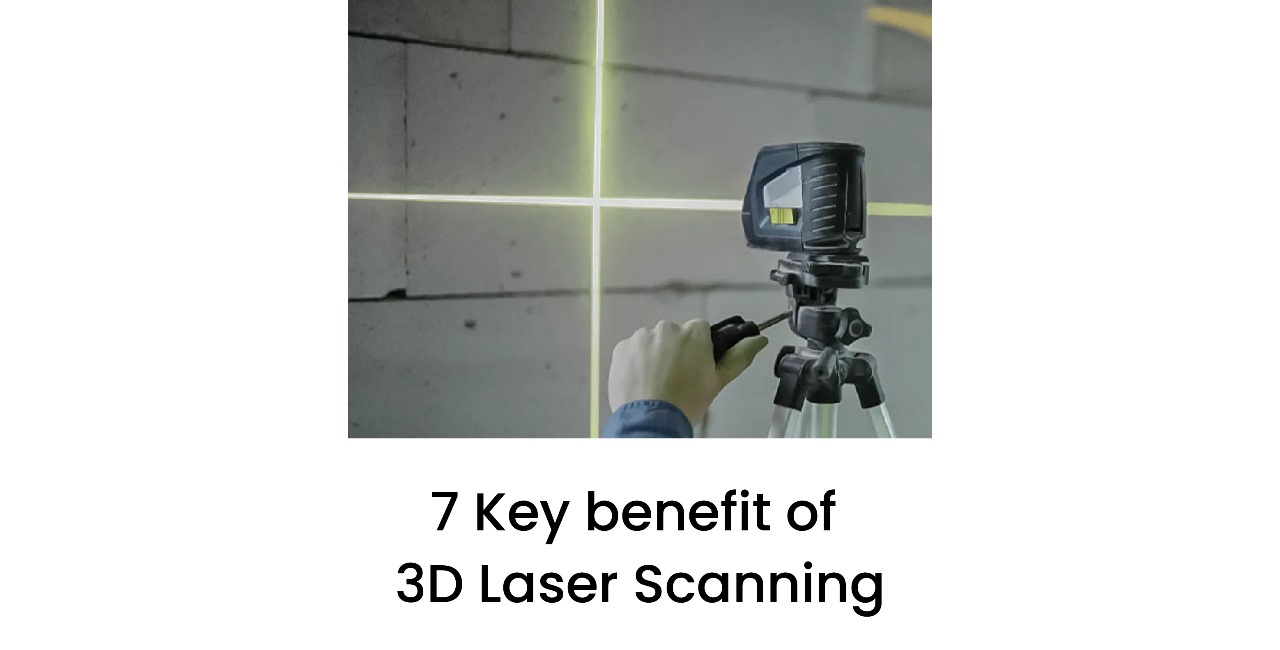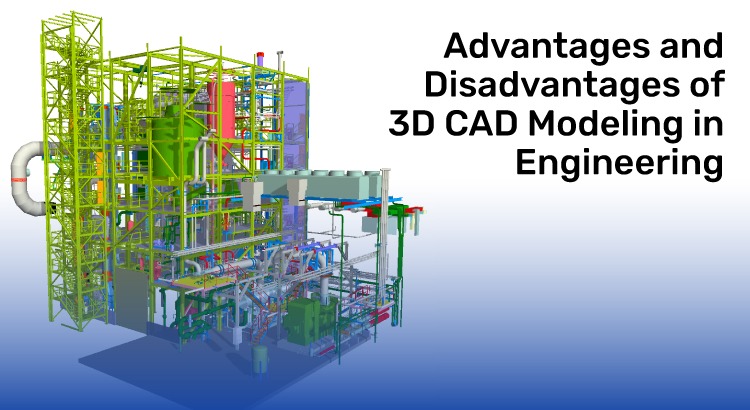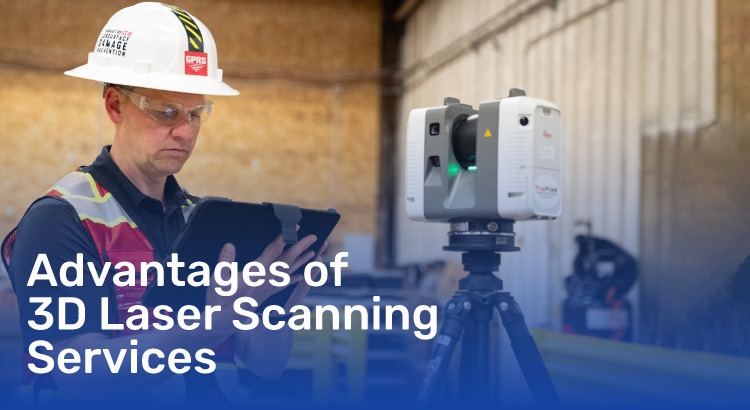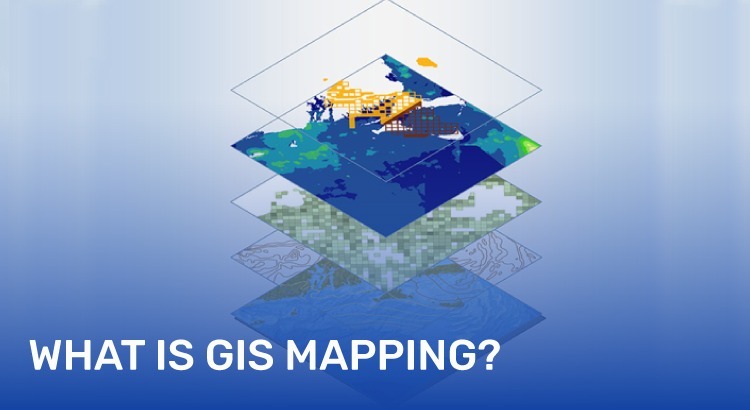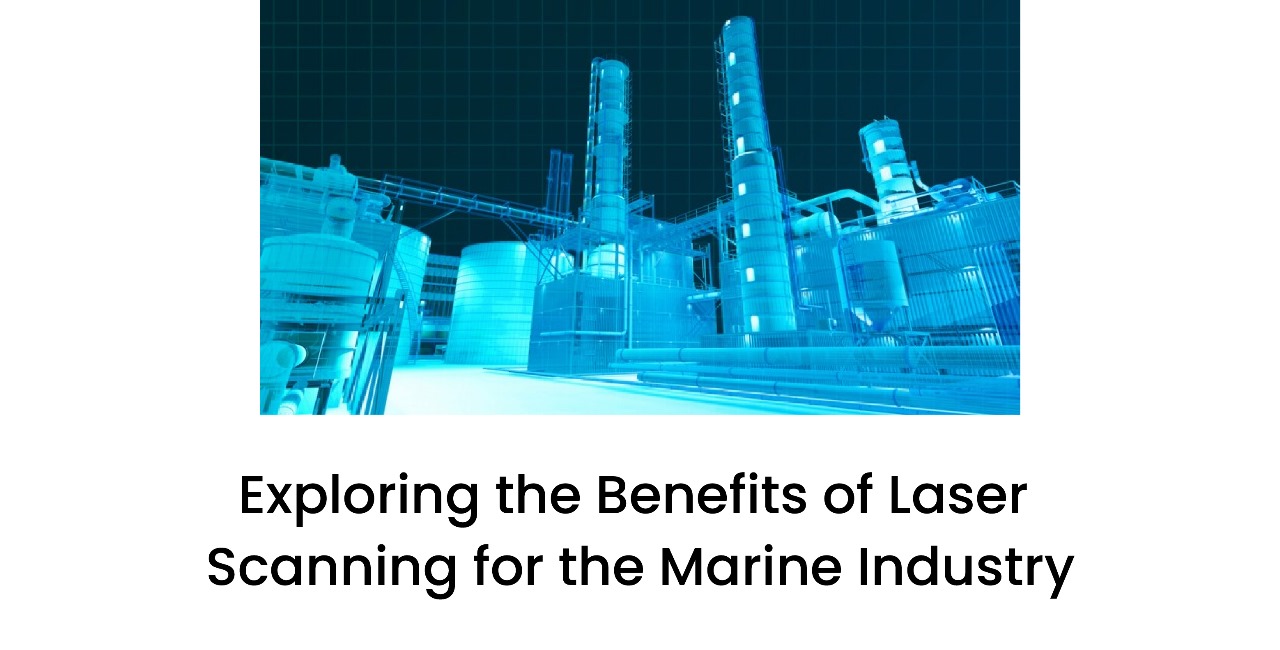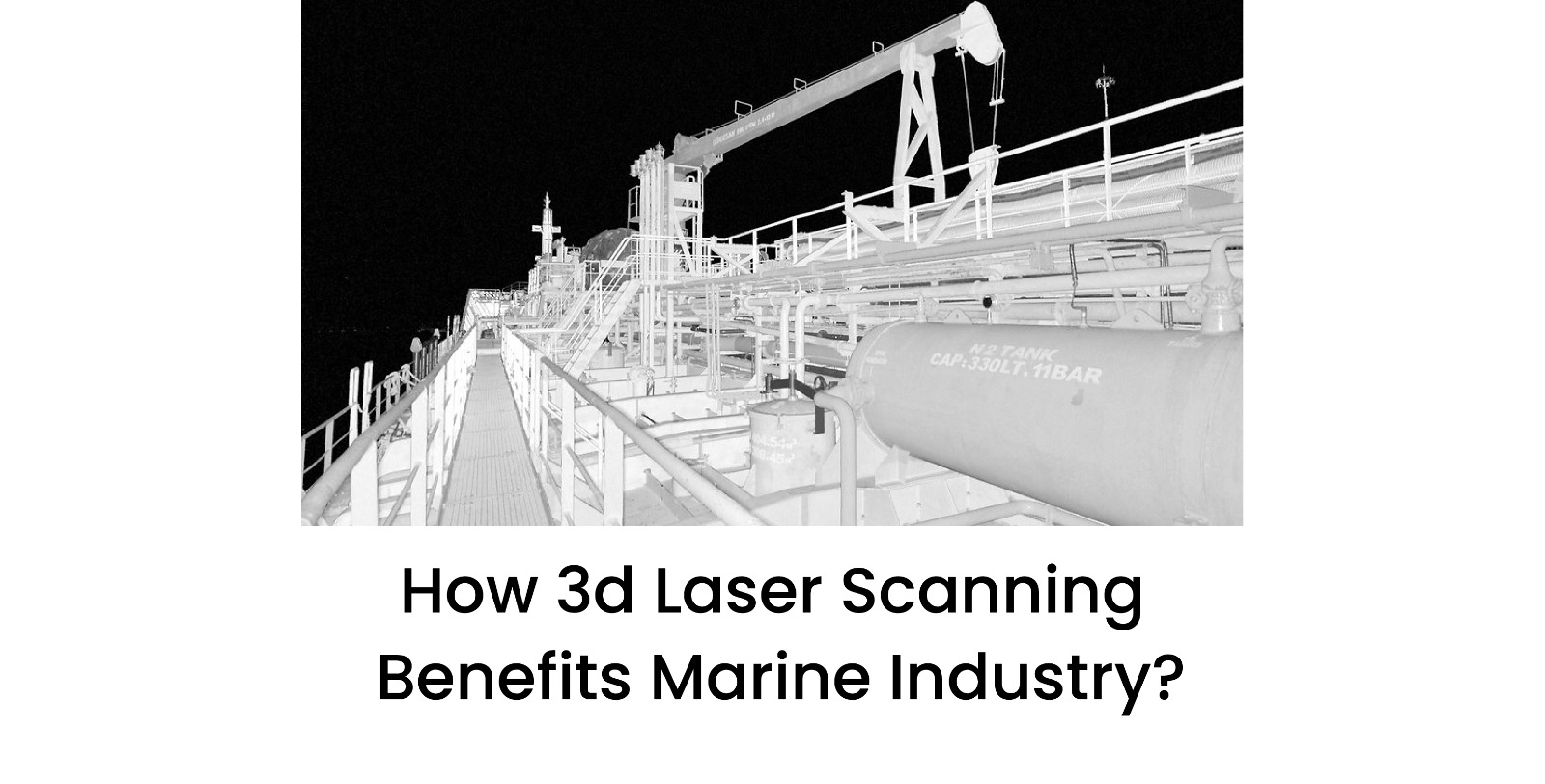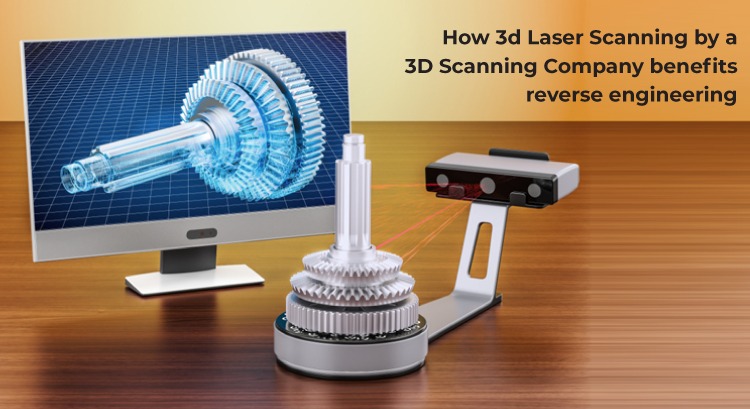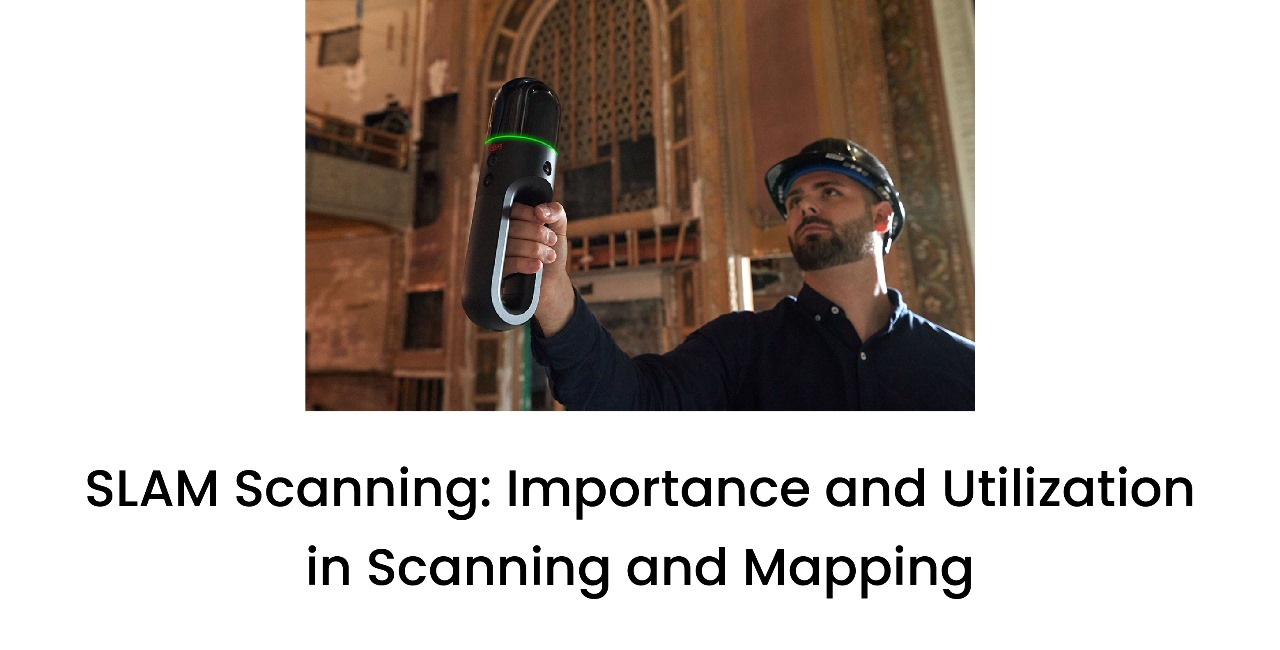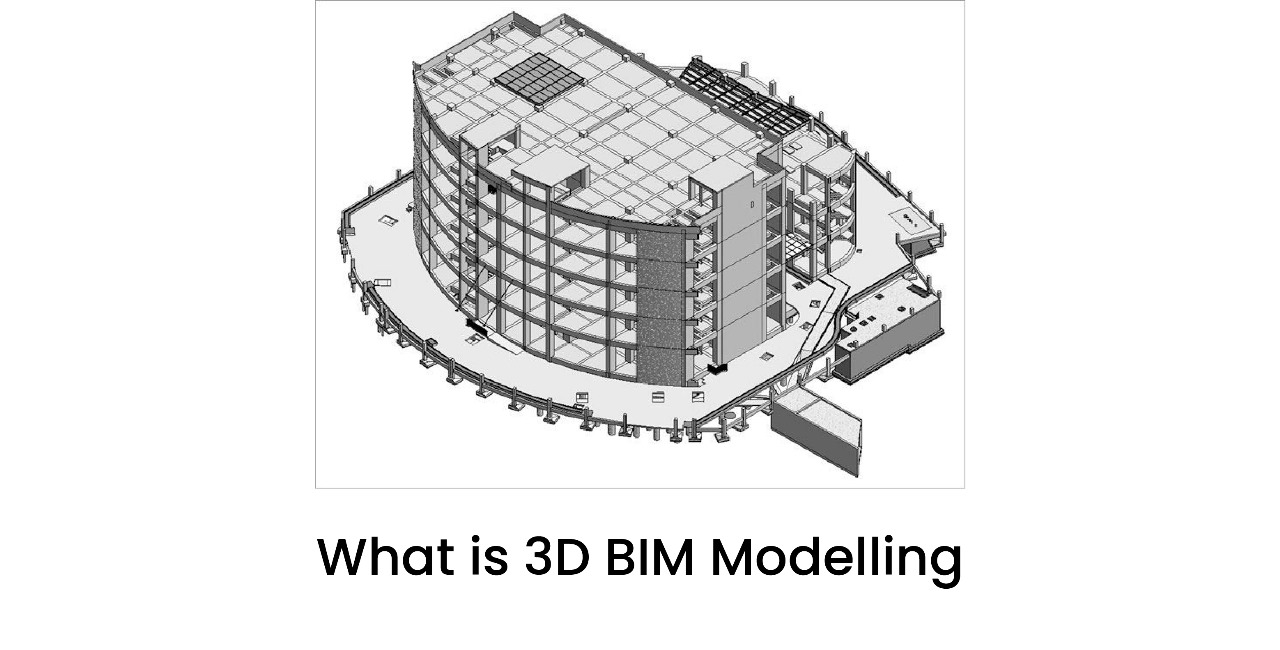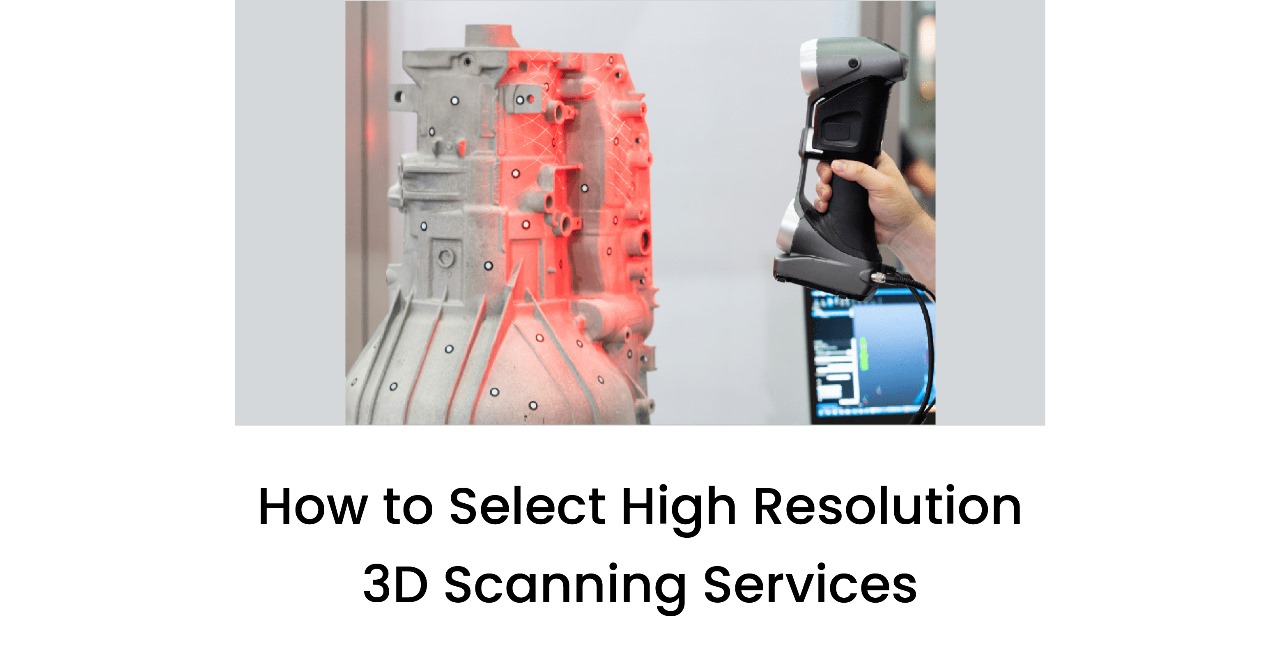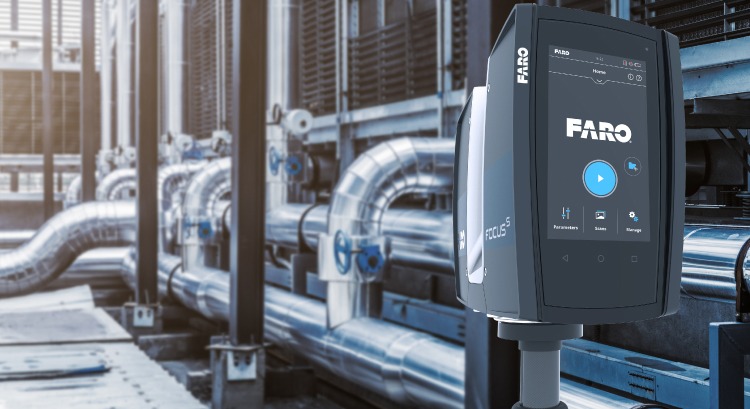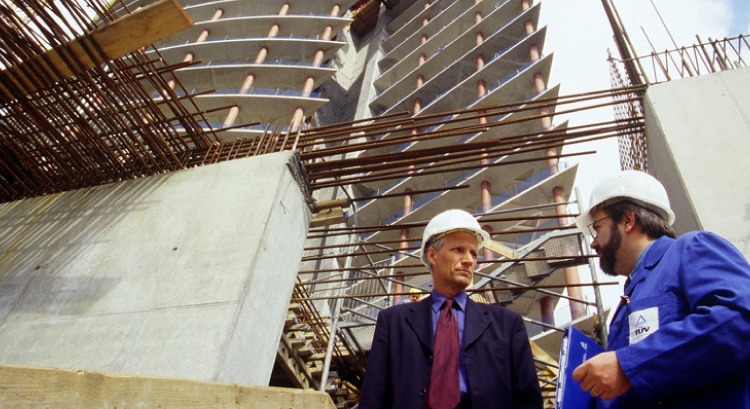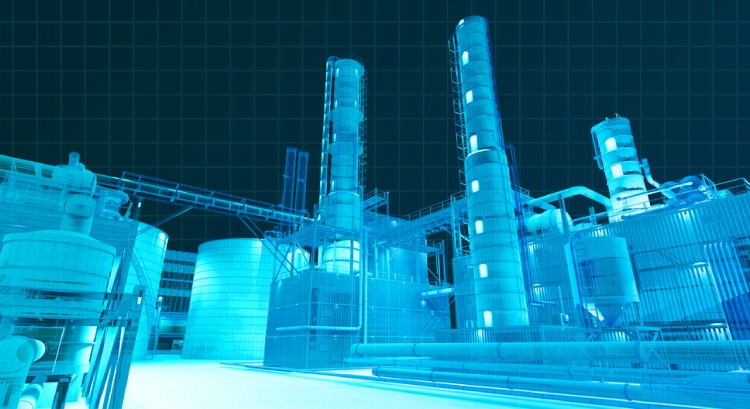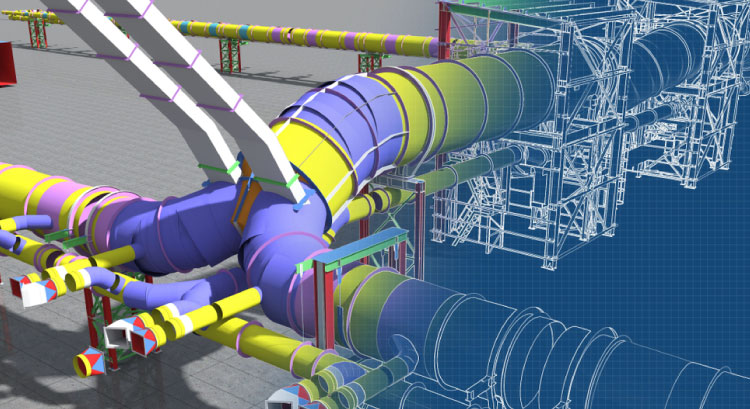How 3D Laser Scanning Saves Old Buildings from Decay
- 15 Oct 2025
The way heritage conservation is conducted is being redefined through 3D Pointshot. Utilizing new and advanced methods of 3D laser scanning for heritage, architects, engineers, and conservation specialists will be able to capture exact measurements and details of decaying structures—allowing them to be part of history to be enjoyed by future generations.
Grasping 3D Laser Scanning Technology for Heritage Preservation
3D laser scanning technology employs a state-of-the-art laser to create precise digital representations of structures, whether they are buildings, monuments or archaeological sites. Since virtually every architectural detail can be recorded digitally with 3D scans, from minor cracks to ornate carvings, professionals can document the architecture, schedule for research or restoration, and convey their results with accuracy and reliability.
Benefits of 3D Laser Scanning for Heritage
-
Reliable Documentation: Every contour and textural quality is logged meticulously with high-resolution digital photographs stored and available digitally with extreme precision.
-
Non-Contact: As the technology seeks to ensure digital imaging and documentation will not require interacting with peaceful structures that may irrevocably deteriorate through tracing them.
-
Speed: Scans that previously required weeks for completion using manual methods, can now be completed in a day.
-
Data for Restoration: The scanned models can be used by engineers to assess repair methods and identify potential deterioration of structure.
3D laser scanning for heritage provides a means of capturing historical structures in its "as is" condition and ensures that no historical detail is lost in the future due to some changes in the structural condition itself.
How 3D Laser Scanning Can Help Prevent the Decay of Old Buildings
Heritage buildings eventually suffer from a variety of issues that can include everything from the costs of restoring them, structural issues with the building, erosion, weathering, and neglect. In the past, surveying or restoring a heritage building has meant taking manual measurements, which are generally time-consuming, tedious, and not as accurate as a 3D laser scan. Instead, a 3D laser scan provides an excellent platform to begin a digital heritage preservation approach to identify, preserve and preempt decay when it is still possible to do so.
1. Early Detection of Structural Weaknesses
3D laser scans can identify cracks, deformations of the surface, and material loss in the elements of the structure that are not detectable by visual inspection alone. This information is valuable to engineers because they can take preventative actions when they see this type of distress in the structure.
2. Create Digital Twins for Evaluation
Digital twins, which are another name for a 3D virtual copy of your building, enable professionals to evaluate different conservation options and determine the safest and best alternative to implement.
3. Enhancing Accuracy on Restorations
When restorations take place after decay of the building, the 3D model will offer precise geometrical references to ensure fear of what will be restored will have contiguous lines to the original as was part of the former design.
4. Observing Change over Time
Repeat the scan and over time this would allow conservation professionals be able to track quantifiable changes in structure or erosion, problems and repairs in a certain location in at each moment.
Why Use 3D Laser Scanning Solution for Heritage Projects
Appropriately preserving historic sites requires the right technology for 3D laser scanning.
-
High Finish and Speed.
Laser scanners collect millions of data points every second with accuracy within centimeters level all while trying to get everything done in the shortest time possible okay. -
Comprehensive Data Output.
Specific point cloud data can be manipulated into 2D drawings, 3D models, BIM, and even a virtual tour that can represent an important documentation and education resource. -
Cost-Effective Preservation.
Finding damage early means less money spent on repairs, while most importantly avoiding catastrophic failure! -
Better Access
Virtual 3-D models give researchers, students, and world travelers the chance to visit sites without harming the original structure. -
Environmental Sustainability.
Digital preservation allows us to reduce repeat trips to a site and our carbon footprint while allowing a historic building or site to continue its legacy of living forever digitally.
Practical Uses of 3D Laser Scanning in Heritage
-
Architectural Conservation:
Documentation of the entire exteriors and interiors of historic palaces or temples. -
Archaeological Research:
Documentation of the ruins of ancient structures before they are excavated or restored. -
Cultural Documentation:
Digitizing and archiving monuments and history that are at risk for future generations. -
Disaster Restoration:
Restoring heritage buildings damaged by earthquakes, floods, or fire using scans that were taken before the disaster.
Every example demonstrates the ability of 3D scanning to serve as an efficient and precise method of documenting our heritage.
Frequently Asked Questions
1. How is 3D laser scanning useful for preservation purposes?
3D laser scanning provides spatially accurate digital models of buildings, which can help specialists document, analyze and design restoration strategies for large important buildings without needing to disturb or endanger the structures.
2. Is 3D laser scanning a safe form of documentation for fragile monuments?
Absolutely! 3D laser scanning is completely non-invasive. The technology is capturing an accurate data set without ever applying a physical force to the structure characterizing the monument; therefore, it will not interfere with the fragile surface area.
3. How precise is 3D laser scanning?
Today’s structured light scanning tools use laser technology that can give you measurements with millimeter-level precision, which is useful for reconstructing architecture or structural features.
4. Can we use 3D scans to document and later reconstruct damaged areas of a site?
Yes. The digital model can serve as the guide for rebuilding using the digital model with the same dimensions and/or materials.
5. Which types of heritage sites are best suited to 3D laser scanning?
There are advantages to accurately documenting digitally in all contexts. Types of sites that have temples, forts, monuments and archeological sites, museums, palaces, churches and certain cultural owned heritage buildings, would be very beneficial for the use of the current technology.
Conclusion
By preserving heritage, we also preserve history, and the role of technology is paramount to this mission. Legacy professionals using 3D laser scanning to preserve heritage can scientifically document, restore, and protect compromised aging structures. This new and modernized means of protecting our historic and cultural heritage through 3D laser scanning completely builds a bridge to the past through digitally preserving our architectural legacies while continuing our advancement into the future. With innovation and precision through a passion for conservation, 3D Pointshot is leading the way to protect our joint cultural history.

